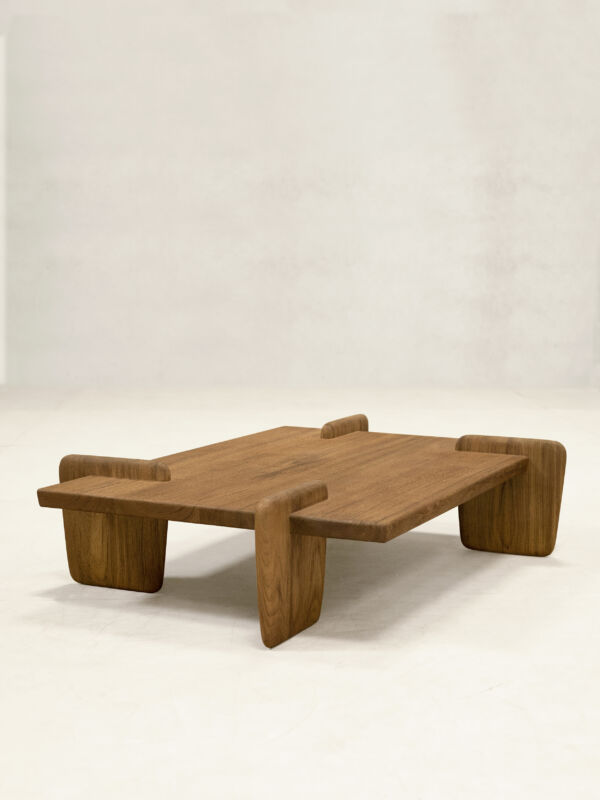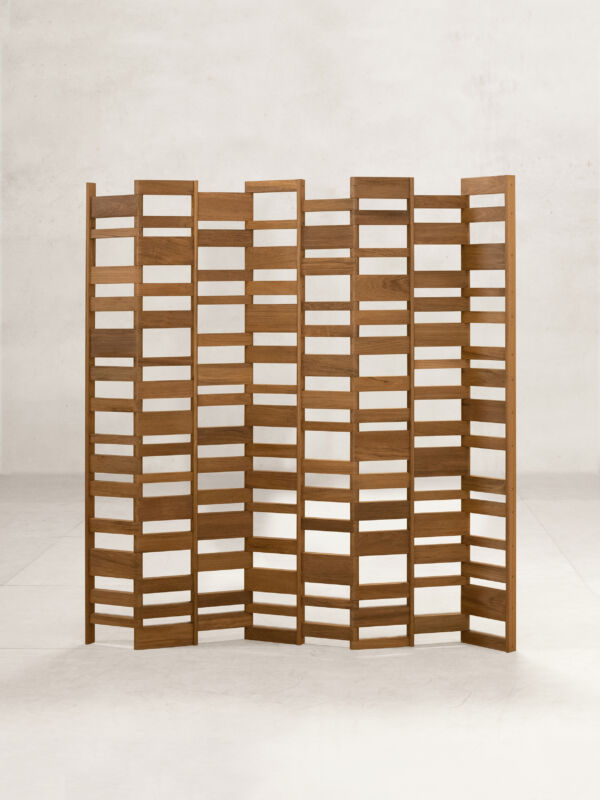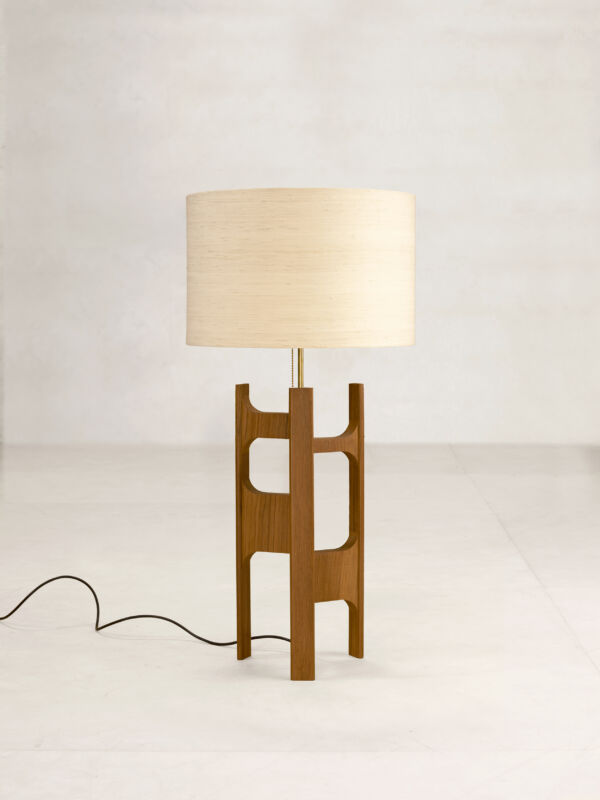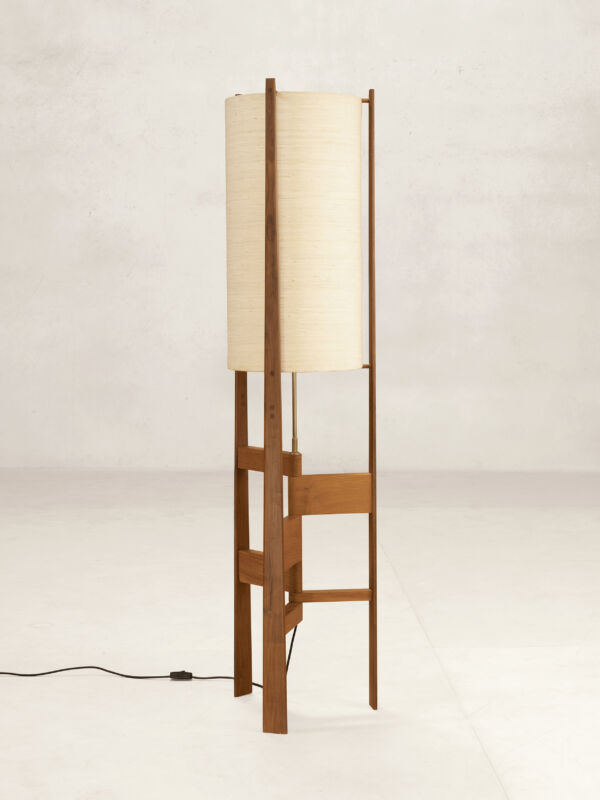In Conversation With Design Duo X+L: Simple Ideas That Last
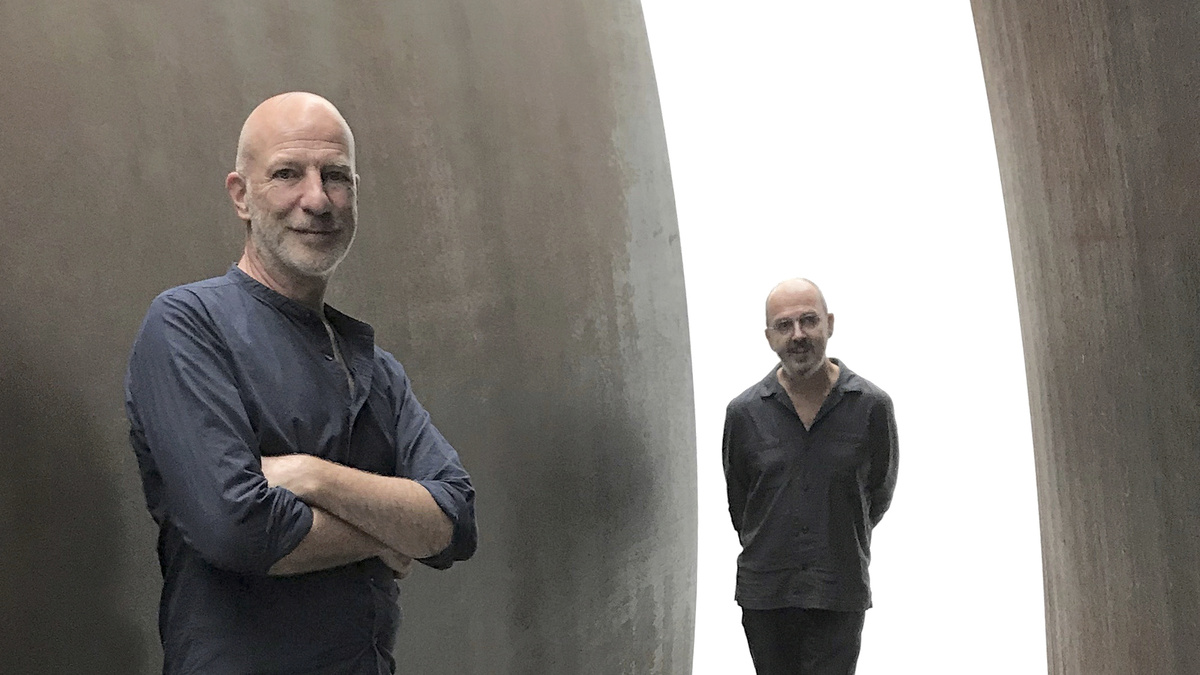
Xander Vervoort and Leon van Boxtel. Image courtesy: x+l
Parni Ray
13.07.2020
x+l founders, design duo Xander Vervoort and Leon van Boxtel, started their design studio in 1995. Over their two-decade-long career as designers, they have dabbled in everything from set design to interiors, exhibitions to objects.
From their well-lit Amsterdam studio, often more their home than their actual house, they spoke about their design journey, inspirations, and their collaboration with Phantom Hands.
Parni Ray (PR): Your background is in theatre…
Leon van Boxtel (LB): Xander’s! Mine is in art, painting. When we met he had just got done with his training at the conservatory as a dancer and together we made some modern theatre productions. Like it is with theatre, we ended up doing everything – sets, costumes, lights. But sadly it didn’t pay much, so we started doing some interior design work alongside.
Initially it was for friends, then we decided to start a company. But after about two decades we got tired of how repetitive designing for houses got. It felt like we were working for the same kind of clients of the same age group with the same requirements, over and over again.
Xander Vervoort (XV): Plus, working on a house meant we had to be around for the whole project, often for months, even years. This restricted our travels.
LB: Yes, so we decided to start designing objects. This allowed us much greater mobility and allowed us to work as and when we liked.
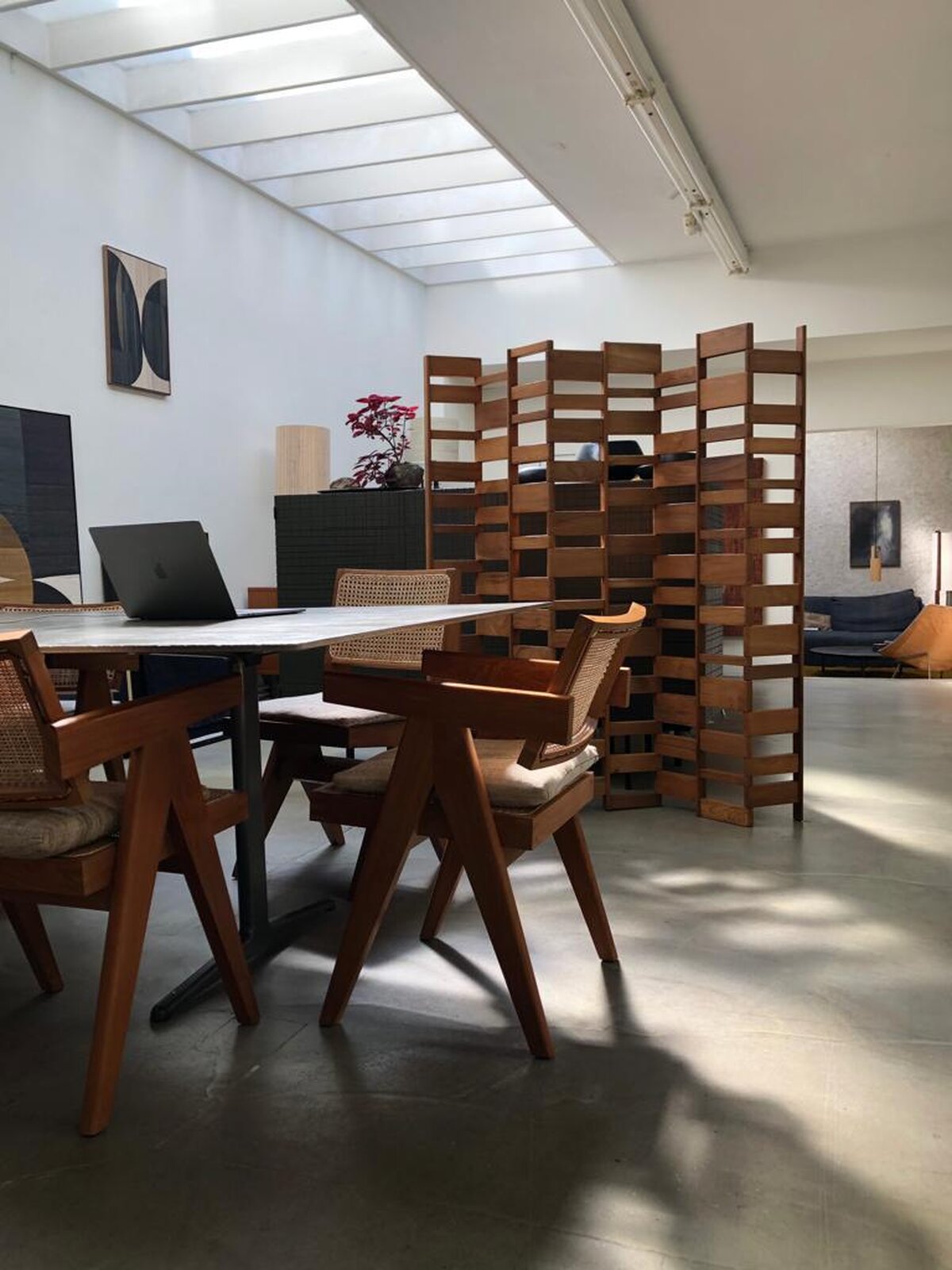
Image courtesy: x+l
PR: You grew up against the backdrop of the much lauded Dutch design culture. What would you say good design is for you?
LB: Despite being designers we find we are not inspired by design and certainly not Dutch design (laughs). Our inspiration often comes from art and architecture. We make it a point to head to Venice Biennale every year (one year it’s art, the next architecture), almost never to Milan (Design Week). But we do have our favourites. I would say Donald Judd, Le Corbusier of course, Jeanneret. I think we appreciate basic structures, honest materials, simplicity of thought. A simple idea...
XV: Something which isn’t a … ‘finished product’. Which lasts.
LB: Yes, a long lifespan. This is why we aren’t drawn to a lot of design labeled ‘good design’. They are conceptually smart, but like a good joke, once they are done getting the initial laughs they are done altogether. This is why we have personally been drawn to mid-century design, the style stood the test of time. A lot of others didn’t.
PR: But even the best design, like most things, do die out. What is your take on the vulnerability of objects in the face of time?
LB: We have been reading this book, maybe you know it already (rises to get it from a shelf nearby) Leonard Koren’s ‘Wabi Sabi for Artists, Designers, Poets and Philosophers’. It talks about the beauty of imperfections, impermanence, among other things, and has definitely changed the way we approach making. When you design, you can get very hung-up over getting things perfect. But mistakes happen and things you make do whither.
Rather than make these additions to try and become sustainable, start with a hardy material, a lasting design. Anything that lasts is sustainable. Anything that needs you to keep updating it, adding to it to make it better, stronger, whatever, isn’t.
PR: Would you say you are mindful about making your objects repair friendly, with an eye on its future atrophy?
LB: Can’t say repair is a conscious part of our design thinking, but consideration for the future definitely is. With our own age we have come to value design and (natural) materials which age well.
XV: Here is why that matters. You know how sustainability has become such a buzzword now. Often you will see something badly made onto which many many appendages have been added over time to make it ‘green’. And here is what I say, rather than make these (often expensive) additions to try and become sustainable, start with a hardy material, a lasting design. Anything that lasts is sustainable. Anything that needs you to keep updating it, adding to it to make it better, stronger, whatever, isn’t.
PR: Speaking of sustainability and repair, the second set of objects you designed for Phantom Hands (after the x+l coffee table) was with pieces of leftover wood …
LB: Yes! Deepak (Phantom Hands founder) told us he had some leftover pieces lying around the workshop and asked if we could design something making use of these. I said, ‘send us a picture, let’s see if we can do something with them’. So he sent a picture of a pile of stuff! We had expected the pile to be smaller to be honest... (laughs) but then got excited and started building new pieces incorporating the leftover wood. We designed three separate pieces: the x+l table lamp, floor lamp, and room divider.
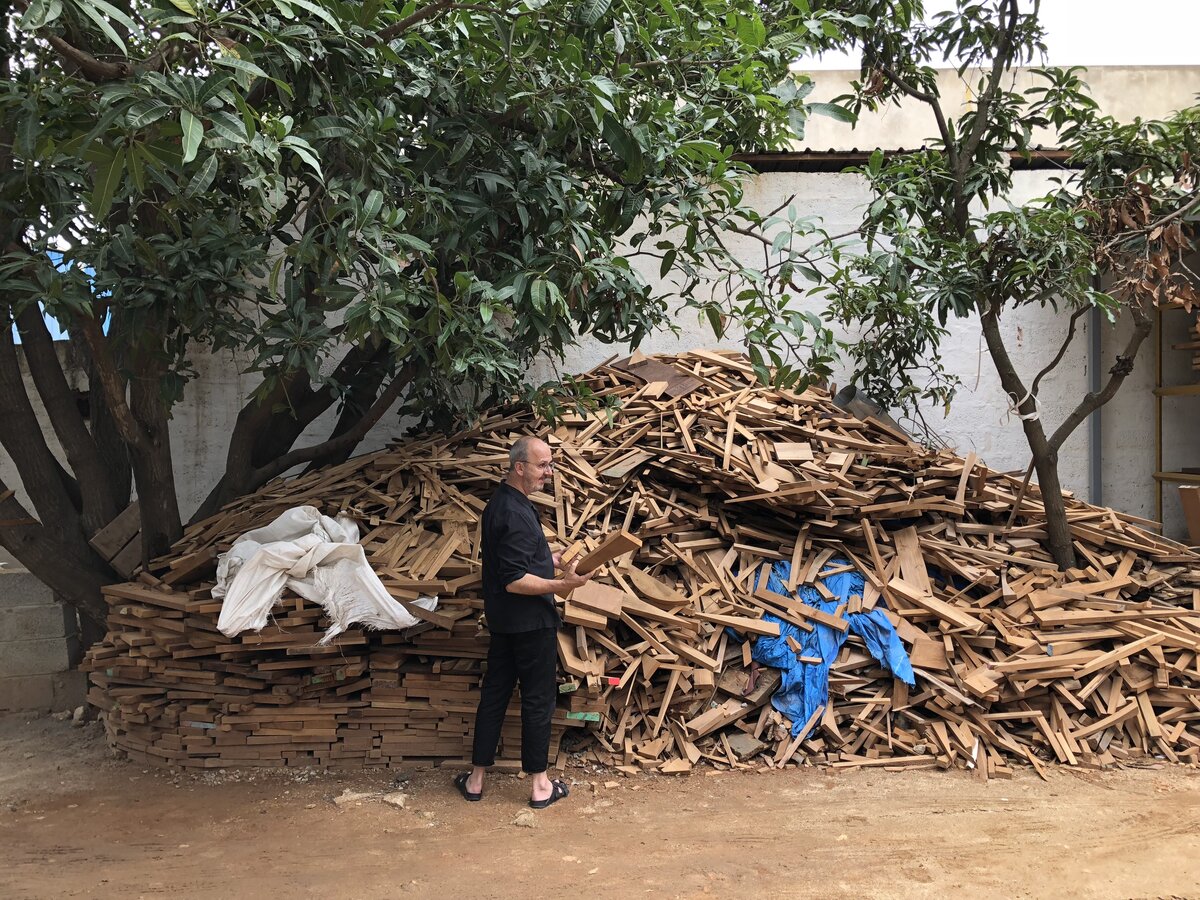
PR: How did you get started with Phantom Hands?
LB: Quite by chance. We were in love with the Chandigarh chairs and had recently been told that Phantom Hands were making re-editions. We have a small shop online and thought of reaching out to see if they would be at all interested in letting us distribute them here in The Netherlands. Once we got talking we mentioned that we also design furniture and objects. Deepak suggested we drop by the workshop when we are in India. Incidentally we were there shortly after and things worked out as soon as we met.
PR: How does the collaboration work?
LB: We develop our ideas fairly independently, but there are things we keep in mind such as the brand’s existing aesthetic. By the time we came on board, Phantom Hands had already found success with the re-editions of the Chandigarh chairs.
They had also just started a Contemporary Modern collection (with Inoda+Sveje). We didn’t want to disrupt the stylistic identity the company was beginning to assume, instead we tried to find ways to respond to it.
XV: Then there are practical concerns, such as portability. Most of Phantom Hands’ items tend to be exported…
LB: Yes, so we keep logistical concerns in mind. We always consider if the items we design can be packed and shipped easily. Can the piece be moved? Can it be taken apart?
XV: Then there are things we take on organically, inspiration we find as designers, often in India...
We have been visiting India regularly for the last 25 years. Then, as now, we would see so many things being made by hand, often out on the streets. We were always curious about these making cultures, but of course as tourists we couldn’t partake in them. Now, through Phantom Hands, we have access to several such makers.
LB: Like this time we met textile maker Ravi Khemka of Zanav Home Collections. We have been visiting India regularly for the last 25 years. Then, as now, we would see so many things being made by hand, often out on the streets. We were always curious about these making cultures, but of course as tourists we couldn’t partake in them.
Now, through Phantom Hands, we have access to several such makers. When we met Ravi and learned about his work with textiles, we thought it would be great to work with fabric and incorporate some upholstery in our upcoming designs.
PR: What has your experience working at the Phantom Hands workshop been like?
LB: It is very different from what we are accustomed to, of course, but this is why we were open to this experience. We wanted to explore the expertise of the craftspeople at Phantom Hands and see what came out of our different backgrounds in making. Typically, we go to the carpenters with an idea and then have them work it out their own way. Initially they expected us to come with intricate drawings, but soon they understood we don’t do that (laughs).
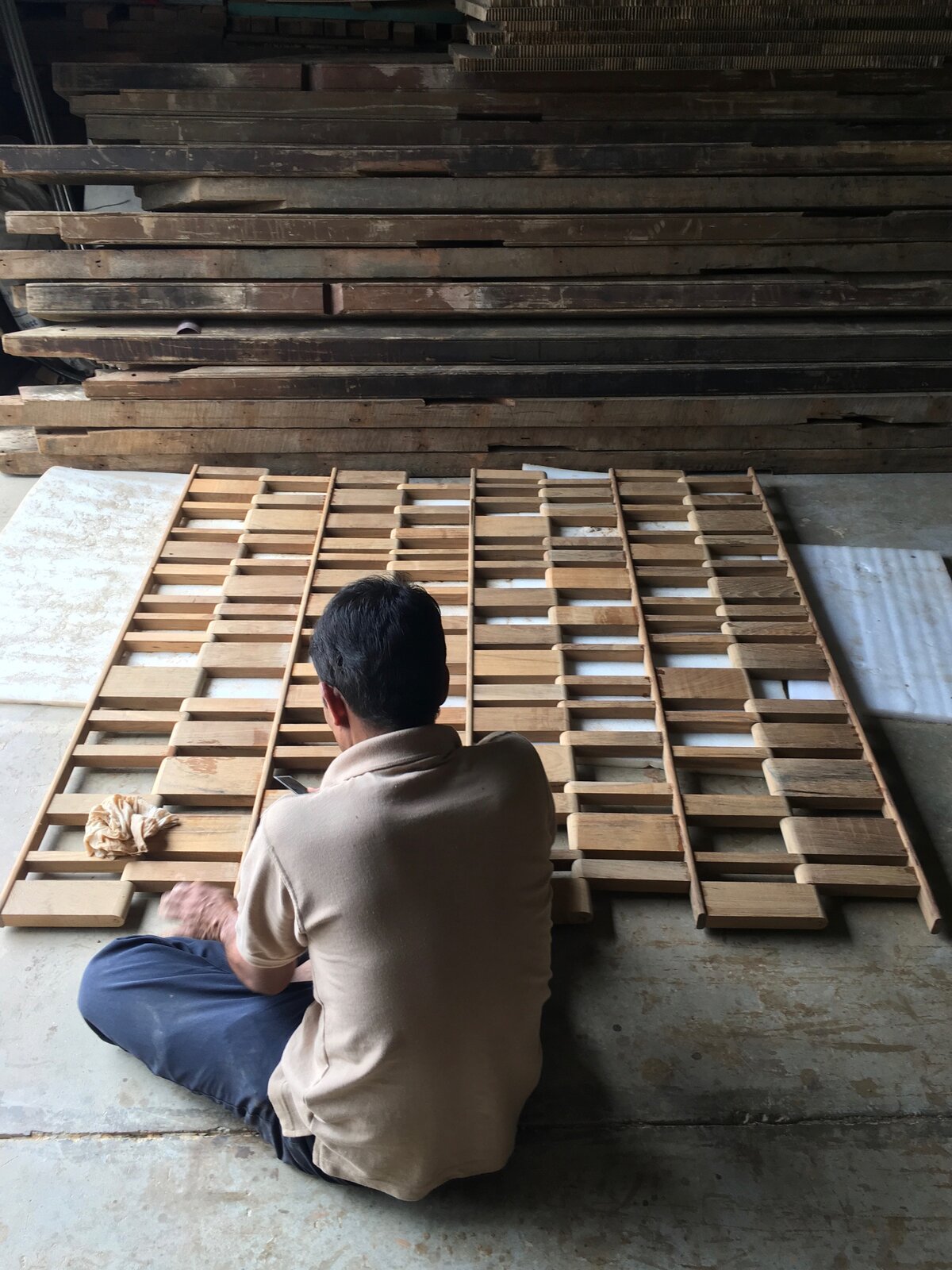
XV: It took some time for sure, especially for us to understand what they could do and for them to understand how we were thinking.
In the beginning there were some minor misalignments of expectations….we would come up with an idea and they would execute it but then it wouldn’t quite turn out the way we wanted. Say they would polish the pieces really fine and make it glossy and then we would have to say 'no no, we want it rough'...
No doubt they thought we didn’t get it (laughs). But because working together really required us to align our ways of thinking, I suggested that our stay in Bangalore be treated as a 'design residency' to allow for experiments without any necessary outcomes. This is very helpful.
It is great to see that the actual making process leads you to new solutions and ideas, away from the drawing board.
See x+l’s designs for Phantom Hands in our Product Gallery.
Visit x+l’s website.
Follow x+l on Instagram.
Featured Products
See More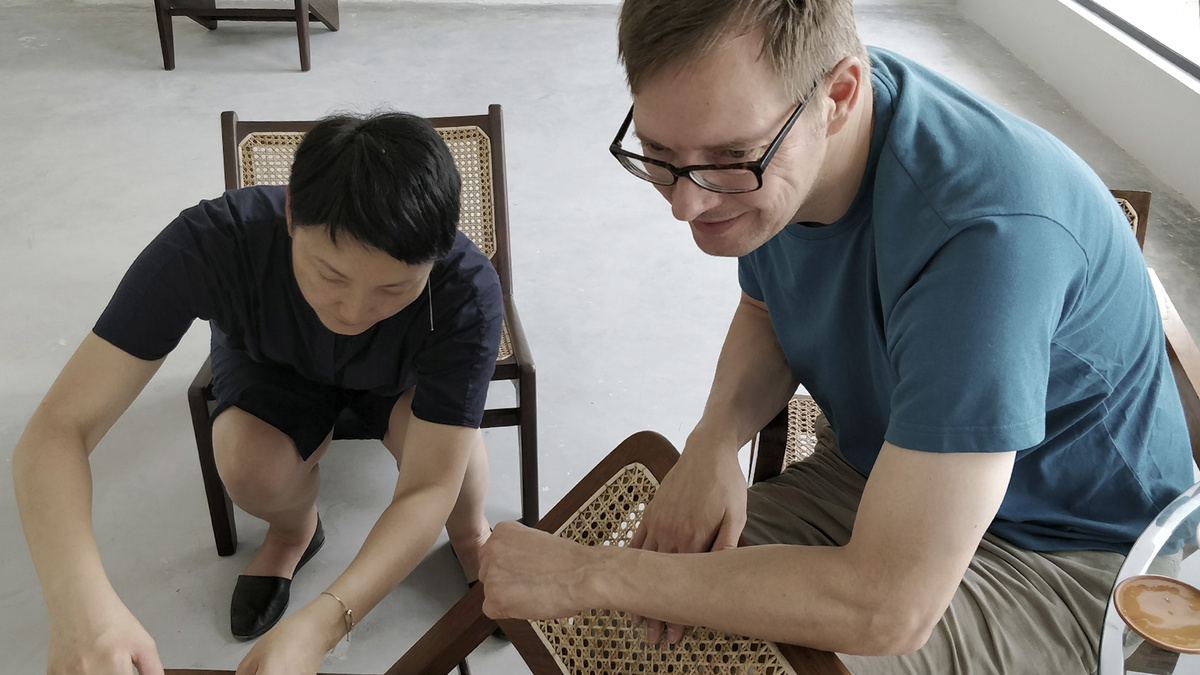
In Conversation With Design Studio INODA+SVEJE: Designing Without Straight Lines
Milan-based design duo Kyoko Inoda and Nils Sveje have spent the last two decades working with artisanal products alongside nanotechnology and mechatronics. They are also one of Phantom Hands' design collaborators.
Read More